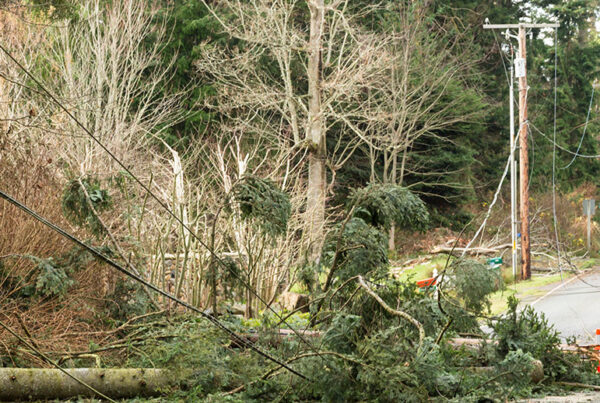
SAS’ Founder and CEO Dr. Goodnight weighs in on analytics in the energy and utilities industry.
SAS has its roots in the energy and utilities industry. Can you provide an overview of how analytics has evolved since the early days of the company for utilities?
Yes, when we got started in 1976 we signed on three utilities in that first year (these were utilities that became part of what today are Duke Energy, Exelon, and Entergy) so we have a very long history with utilities. I think that the changes in the utility industry and how they have leveraged analytics over the years – decades, really – is fairly reflective of what we have seen in other industries. Their business gets more complex over time with more regulation, higher customer expectations, profitability challenges, and of course, massive volumes of data that are only going to continue to grow.
Looking just at one utility example, load forecasting, we can see how the paradigm here has changed. The data requirements have exploded and there is a new and growing infrastructure – renewables – that is having quite an impact on forecasting in utilities. So not only have the basic data ingestion and management requirements become more complex, the output – the forecast – has become more complex, as well.
People say that analytics will help utilities become more competitive in their industry. What is your view on that notion?
Absolutely! The traditional utility-to-customer relationship has had a big intermediary dropped right into the middle of it: renewables. Managing customer relationships is now more data-intensive than ever. If utilities are to manage these relationships to retain customers, they will need granular insights into customer behavior and preferences that can be attained only through powerful customer segmentation tools that will predict their preferences and buying patterns. This will become even more important as utilities look to add services to maintain or possibly grow revenue streams for their typically static customer bases.
The other dynamic at play with the introduction of renewables is how the grid will need to operate. Optimization of renewables, energy storage, microgrids, and electric vehicles will be essential if the utilities are to maintain their historic levels of reliability, which are foundational for our economy, standard of living, and even healthcare.
In both of these examples, the ability to operationalize analytics and apply AI for predictive operations in an IoT-rich environment like this – with literally millions of IoT devices deployed across the grid and at customer premises – will be the difference between success and failure.
How is an analytics platform different from other systems that run the utility enterprise? How should utilities approach the adoption differently than something like a CIS or ERP system?
While there is an argument that an analytics platform is “just another IT system” to implement, and there is some truth to this, there are at least two big differences, both due to the “future posture” of analytics. The first difference is that other systems like CIS or ERP look at what happened. An analytics platform will have aspects of this, too, but the focus of an analytics initiative should be what will happen.
The second big difference is that utilities are beginning to build out their digital infrastructure to the point where the data will become as important as the electrons. An analytics platform that is scalable and open must be the core of any digital transformation effort. Without it, utilities will find themselves still stuck in siloes and unable to take advantage of their massive IoT and related technology investments.
Many utilities have advanced their analytical capabilities rapidly in the last few years, but many are just getting started. What advice would you provide to them in terms of establishing a roadmap?
An analytics platform will be critical for long-term success. There are typically pockets of analytics activity in a large organization like a utility, all with varying degrees of success and typically using different programming languages and levels of sophistication. The platform needs to be open to be able to build on these legacy efforts.
Another reason this platform concept is critical is that we are now starting to see integration of traditionally siloed data sets across different areas of the business. Examples here range from asset management to customer engagement to forecasting and more.
We see many utilities emerging with their list of prioritized use cases. This is good in that this helps utilities set priorities over a relatively short period of time. Where we see the limits of this approach is the ability to execute many of these use cases in this complex, data-rich environment with a “tangle” of systems. Sometimes it can be a real mess. This comes back to the foundational role of an analytics platform that is open and scalable with all of the data sources and legacy code accessible in one place, enabling a streamlined approach to complex use cases and often opening up new insights that can improve business performance.
One final thought…
Utilities are part of our heritage at SAS. We are excited to see the many new developments in this critical industry and our role in helping utility leaders be successful.













